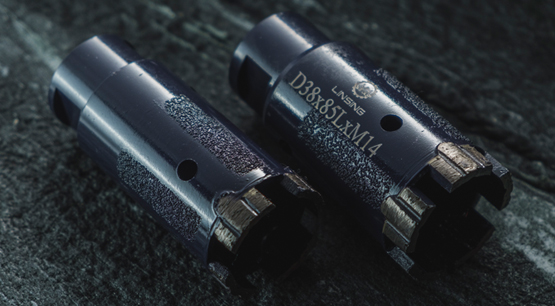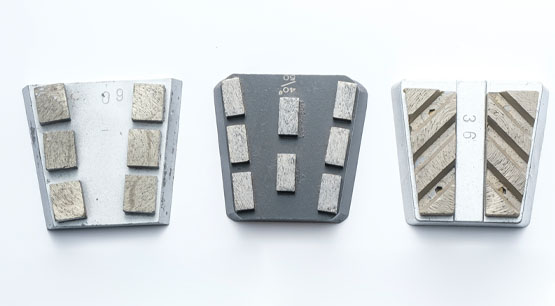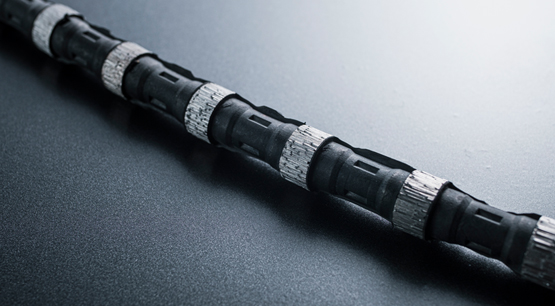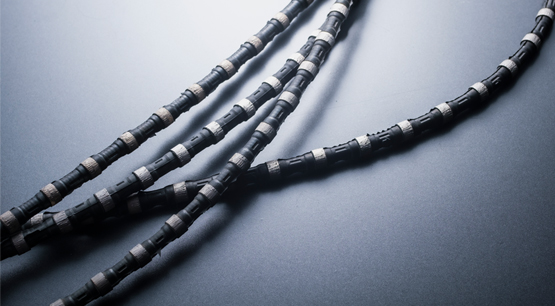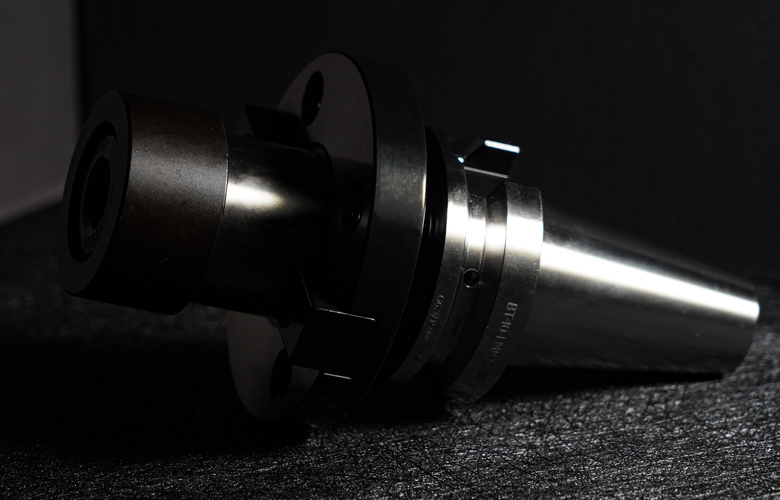Diamond wire saws are essential tools for cutting various hard materials such as concrete, granite, and marble. Ensuring that the diamond wire saw does not break during the cutting process involves multiple factors, including equipment selection, operating techniques, material characteristics, and environmental conditions. Below is a detailed explanation to provide a comprehensive understanding of diamond wire saw cutting technology.
I. Introduction to Diamond Wire Saws
A diamond wire saw is a tool used for cutting various hard materials. Its main components include a steel wire embedded with diamond particles, driven by an electric or hydraulic device. The high hardness and wear resistance of diamond particles enable the diamond wire saw to cut through tough materials effectively.
II. Components and Principles of Diamond Wire Saws
- Steel Wire: The main part of the saw, typically made of high-strength steel, providing excellent toughness and tensile strength.
- Diamond Particles: The cutting medium embedded in the steel wire, with the hardness of diamonds making them effective in cutting hard materials.
- Connectors: Used to connect both ends of the wire saw, ensuring its integrity and continuity.
- Drive Device: Provides the rotational power for the wire saw, usually an electric motor or hydraulic motor.
- Guiding Wheels: Direct the running trajectory of the wire saw, ensuring cutting precision.
III. Reasons for Diamond Wire Saw Breakage
- Material Fatigue: Steel wires can experience fatigue under prolonged high-load work, leading to breakage.
- Diamond Particle Shedding: The diamond particles gradually wear out and fall off during the cutting process, reducing cutting efficiency and increasing breakage risk.
- Connector Damage: The connectors are weak points in the wire saw and are prone to damage from wear or impact.
- Improper Operation: Excessive cutting speed, too much cutting pressure, or incorrect operation methods can increase the risk of wire saw breakage.
- Environmental Factors: Temperature, humidity, and dust in the cutting environment can also affect the lifespan of the wire saw.
IV. How to Ensure the Diamond Wire Saw Does Not Break
Selecting High-Quality Diamond Wire Saws
- Choose reputable brands and high-quality wire saw products to ensure the strength of the steel wire and the wear resistance of diamond particles.
- Ensure the quality and reliability of connectors to prevent breakage due to connector failure.
Proper Operating Techniques
- Select the appropriate cutting speed and pressure according to the hardness and thickness of the material to avoid excessive pressure leading to breakage.
- Maintain a uniform feed speed during the cutting process to avoid sudden acceleration or deceleration.
- Regularly check the condition of the wire saw and replace worn or damaged components promptly.
Adequate Cooling and Lubrication
- Use appropriate cooling fluids during cutting to lower the temperature in the cutting area and reduce the impact of heat on the wire saw.
- Lubrication reduces friction and extends the life of the wire saw.
Reasonable Cutting Path and Guidance
- Design a reasonable cutting path to avoid sharp turns or overly complex cutting routes.
- Use guiding wheels to direct the wire saw's movement, ensuring a smooth and precise cutting trajectory.
Environmental Management
- Control the temperature and humidity in the cutting environment to avoid extreme conditions that could affect the wire saw.
- Clean up dust and debris in the cutting area to maintain a clean working environment.
V. Maintenance and Care of Diamond Wire Saws
Regular Inspection
- Regularly inspect the wear condition of the wire saw and promptly replace severely worn components.
- Check the tightness of connectors to ensure stable and reliable connections.
Cleaning and Maintenance
- Clean the wire saw of cutting residues immediately after use to prevent accumulation affecting future use.
- Keep the wire saw dry to prevent rusting.
Storage Conditions
- Store the wire saw in a dry, ventilated environment when not in use to avoid moisture or high temperatures.
- Properly coil the wire saw to avoid hard folds or heavy pressure.
VI. Case Studies
Case 1: Construction Site Using Diamond Wire Saw to Cut Concrete
- Issue: Frequent breakage of the wire saw during cutting.
- Analysis: Inspection revealed poor-quality wire saws with insufficient steel wire strength and severe diamond particle shedding. Operators failed to control cutting speed and pressure properly, leading to excessive fatigue.
- Solution: Replace with high-quality wire saws, strengthen operation training, control cutting parameters reasonably, use cooling fluids and lubricants, and improve cutting efficiency and wire saw life.
Case 2: Quarry Using Diamond Wire Saw to Cut Granite
- Issue: Low cutting efficiency and severe wear of the wire saw.
- Analysis: The wire saw worked in a high-temperature, high-humidity environment without effective cooling, leading to accelerated wear of diamond particles. The cutting path design was unreasonable with frequent sharp turns increasing the wire saw's load.
- Solution: Improve the cutting environment, use a cooling system to lower the temperature, redesign the cutting path to avoid sharp turns, and enhance the stability and lifespan of the wire saw.
VII. Conclusion
Ensuring that a diamond wire saw does not break during cutting involves managing multiple factors comprehensively. From equipment selection, operating techniques, cooling and lubrication, cutting path design to environmental management, all need to be considered and carefully operated. Regular maintenance and care are also crucial for extending the lifespan of the wire saw. Through scientific and reasonable use and management, the cutting efficiency of the diamond wire saw can be greatly improved, reducing the risk of breakage and ensuring smooth operation.




